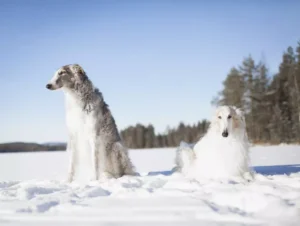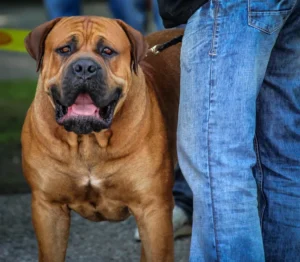
Pinfeather refers to newly grown feathers seen on birds undergoing molt. When first appearing from her skin, a pinfeather will typically be short in length with shafts made up of the same type of keratin used to construct shafts of feathers.
What Are Pinfeathers (Blood Feathers) Like? Pinfeathers, also referred to as blood feathers, look like pins poking through the skin which explains their name. These live, immature feathers with blood supply have grown out to replace old feathers lost through molting by birds. This protein-based keratin sheath must be removed to enable new feathers to “unfurl” and grow properly; otherwise it would act as a protective sheath during their development and become permanently lodged within their plumage. As feathers expand and unfurl with age, their sheath becomes longer. Preening can help chip off this sheath so the new feather can expand and unfurl naturally as its blood supply slowly settles back down into its base nearer the skin – taking great care when handling these new pinfeathers is important!
Feathers Are Complex Feathers are intricate structures made up of several distinct parts. There are different kinds of feathers found on birds’ plumage that contribute to its structure and different names for these parts; each feather serves a specific function designed by nature – insulation, waterproofing, display flight camouflage are among them.
Calamus
The Calamus is the base of a feather which transitions into its main central shaft rachis (pronounced: ray-kiss) as you progress up its central shaft. In most feathers on birds, its stiff central shaft acts as an anchor point to support feathery barbs emerging from it as the feather expands and branches out. The larger branches comprise the feather.
Barbules
The barbules, the secondary branches of feathers, are smaller. Each barb and barbule contains small hooks which enable birds to “zip” up their feathers using these small barbs as fasteners; when properly groomed this helps ensure the bird can protect herself from wind and moisture by having her feathers “zipped up.” When correctly groomed this provides windproof protection and moisture resistance.
Contour Feathers
Contour feathers make up most of what can be seen on birds. Their shape largely dictates that contour feathers closely follow its body contours to give a sleek appearance; an example can be found on penguins where its feathers come so closely together that it appears almost like skin rather than actual feathers present on its body.
Arranged in an overlapping pattern similar to scales on fish or reptiles, feather tips are exposed for viewing while their fluffy bottoms further down their shaft are folded closer against their bodies for protection. You will often find females of similar species to be more subdued in color than their male counterparts; this helps ensure she remains concealed when sitting on eggs or protecting young.
As Birds Preen Although birds usually remove most of their pinfeathers when preening, there may still be some (most notably on top of the head) they cannot quite reach. While in the wild other members of their flock would help remove these pinfeathers during natural grooming behaviors – in captivity you can assist by gently rolling pinfeather shafts between thumb and forefinger for extra preening action.





